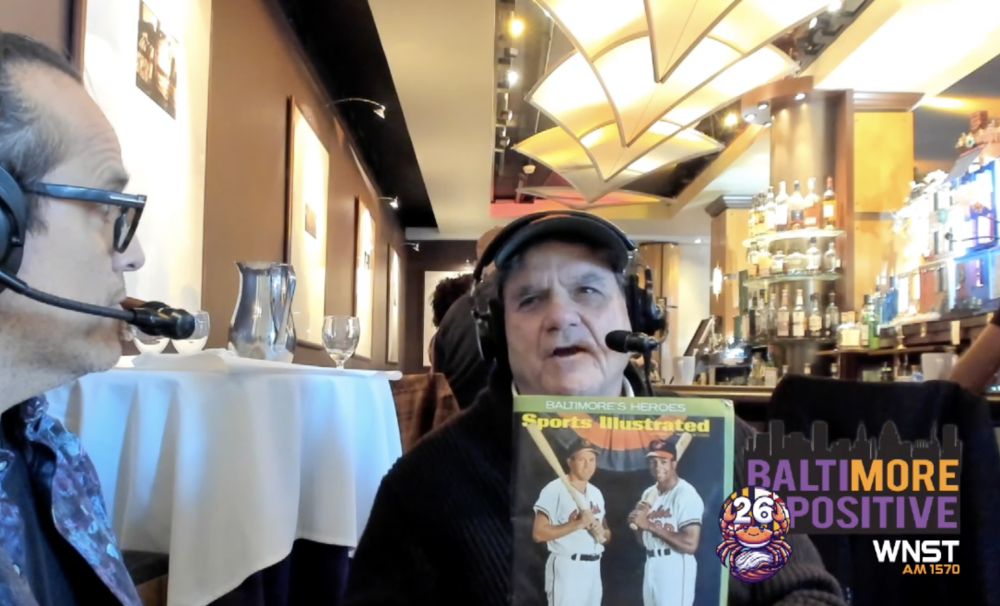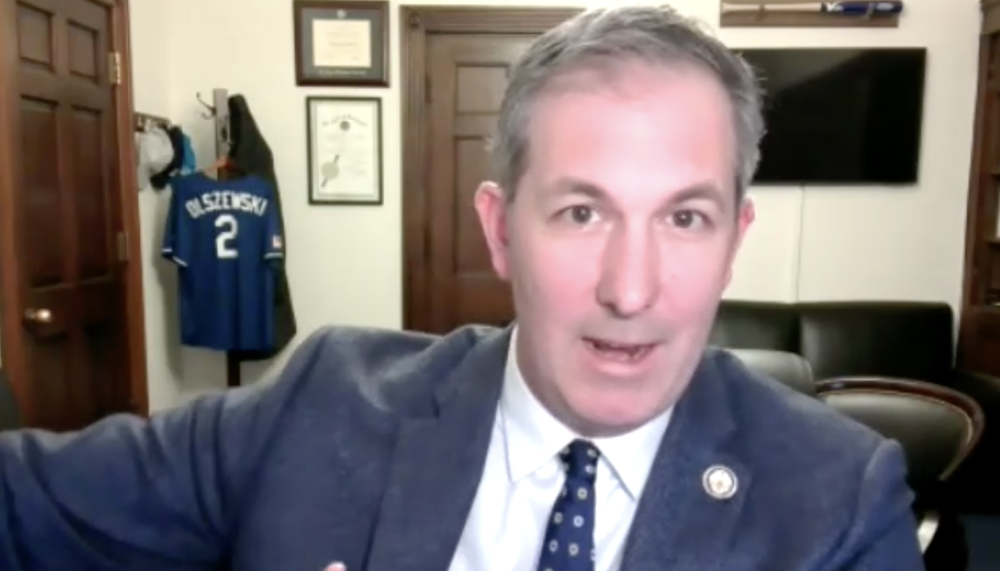When discussing the “three true outcomes” in hitting, Orioles first baseman Chris Davis is one of the most extreme examples you’ll ever find.
Having struck out, walked, or homered in more than half of his plate appearances over the last two seasons, Davis can be frustrating to watch despite having good value, evident by the peaks and valleys of his performance over the last five years. His 2016 season wasn’t his finest but it was markedly better than his nightmare 2014 campaign that ended with a 25-game suspension for taking unapproved Adderall.
Looking beyond his unimpressive .221 batting average last season, Davis still clubbed 38 home runs and posted a strong .332 on-base percentage with a .792 on-base plus slugging percentage. It wasn’t the season he or the Orioles had in mind after agreeing to a seven-year, $161 million contract last winter, but Davis was still worth 3.0 wins above replacement, according to Baseball Reference.
It also wasn’t a secret that Davis was playing with a sore left hand for much of the season, and the 30-year-old clarified last month that he suffered a dislocated left thumb in late April. Missing just five games all season, the first baseman played through discomfort, citing his defensive contributions as a reason for not wanting to miss extensive time to rest the thumb.
“I was hoping there was no lasting effect, and it feels good,” said Davis at FanFest last month. “I really didn’t realize how much of an impact it was having on my swing until I took some cuts this offseason. It’s nice to have two hands to hit with again.”
Of course, determining how much a bad thumb might have impacted Davis’ performance isn’t easy, but it doesn’t take a genius to realize a hitter’s top hand is probably important. So, was there anything dramatically different about the slugger’s peripherals compared to previous years?
His 32.9 percent strikeout rate was just below his career-worst mark of 33.0 percent in 2014, but he still struck out 31.0 percent of the time in his strong 2015 season. His 65.7 percent contact rate was also a career low compared to his 67.6 percent career mark, but Davis struggling a bit more to make contact isn’t exactly news.
He posted a career-high 13.2 percent walk rate, continuing his streak of improving in that department every year since arriving in Baltimore in 2011. Still, a 0.7 percent increase from 2015 hardly raises eyebrows.
Where we start to see notable change was a dramatic decline in Davis’ pull and line-drive rates. After hitting the ball to right field well over 50 percent of the time the previous two seasons, Davis pulled the ball just 41.7 percent of the time last year. And just 19.8 percent of the balls he put in play were line drives, down from his 22.9 percentage for his career.
Davis’ plate discipline also changed substantially as he swung at just 42.7 percent of pitches, easily a career low compared to his 49.4 percent career mark. Seventy-nine of his 219 strikeouts were on called strike threes, which shattered his previous single-season high of 56.
In other words, these numbers reflect a hitter struggling to turn on pitches and more reluctant than normal to swing the bat. Sure, it could be the start of a decline for a power hitter suddenly trying to overcompensate by attempting to draw more walks, but those numbers would also reflect a batter dealing with a hand issue and possibly trying to pick his spots to swing the bat with authority.
Maybe the truth falls somewhere in the middle — we are talking about a streaky performer anyway — but the batted-ball data and noticeable change in aggressiveness support the idea that something in 2016 was out of whack beyond Davis merely getting a year older.
Outfield defense
Never one to shy away from speaking his mind, center fielder Adam Jones drew some criticism for his comments about Baltimore’s outfield defense, but he wasn’t wrong.
Here are Adam Jones' thoughts on the #Orioles outfield defense: pic.twitter.com/Z7rN2cjGHq
— Luke Jones (@BaltimoreLuke) January 28, 2017
Executive vice president of baseball operations Dan Duquette stated last October that improving the club’s outfield defense was a top priority, but the addition of the 34-year-old Seth Smith — who is at least a better right fielder than Mark Trumbo — hardly quells concerns. The Orioles outfield finished last in the major leagues at minus-52 defensive runs saved in 2016.
With Jones now 31 and dealing with an array of nagging injuries over the last two seasons, the Orioles should really be making life easier for him in the outfield while pondering his long-term viability in center. Though never as good of a center fielder as Jones, Andrew McCutchen, 30, recently agreed to move to right field for Pittsburgh, a move made easier by the presence of Gold Glove teammate Starling Marte.
Instead, Jones is working harder than ever to cover up for too many plodders in the outfield.
A chance for Chance
With projected starter Welington Castillo playing for the Dominican Republic in the World Baseball Classic and backup Francisco Pena being designated for assignment on Friday, catching prospect Chance Sisco could reap the benefits of more extensive action this spring.
Manager Buck Showalter probably isn’t thrilled about Castillo being away from the club instead of getting better acquainted with pitchers in his first spring with the Orioles, but Sisco is considered the catcher of the future and would surely benefit from more opportunities in the Grapefruit League. Duquette has openly discussed the possibility of Sisco being ready to contribute in the majors at some point during the 2017 season.
A good spring would seemingly expedite that process.


























